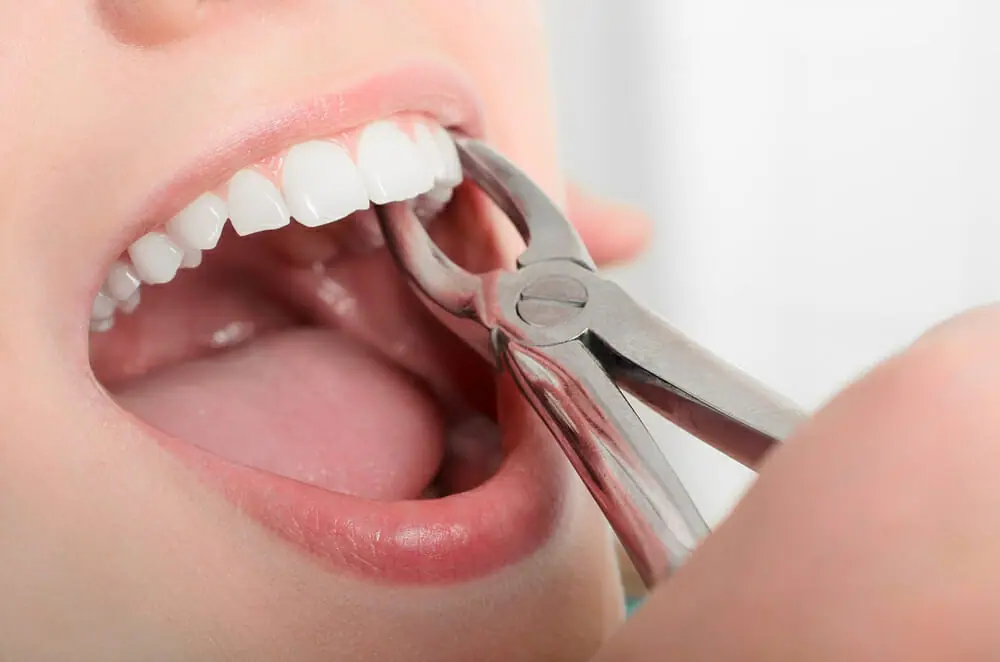Dental health is a cornerstone of overall well-being, but despite our best efforts, there are times when saving a tooth isn’t possible. In such cases, dental extractions become necessary. While the idea of having a tooth removed can sound intimidating, modern dentistry has made the process much more comfortable and safe than many people realize.
This complete guide will help you understand what extractions are, when they are needed, how they are performed, and how to ensure a smooth recovery. Whether you’re facing your first dental extraction or just want to be informed, this article will walk you through every key detail.
What Are Dental Extractions?
Dental extractions involve the removal of a tooth from its socket in the bone. This procedure may be performed for a variety of reasons, ranging from tooth decay and damage to overcrowding and gum disease. Extractions are generally a last resort when a tooth cannot be saved through other treatments such as fillings, crowns, or root canals.
There are two main types of dental extractions:
-
Simple Extractions: Performed on visible teeth using a local anesthetic. The dentist loosens the tooth with a tool called an elevator and removes it with forceps.
-
Surgical Extractions: Required when a tooth is broken, impacted, or below the gum line. These are more complex and often performed by an oral surgeon under local or general anesthesia.
When Are Extractions Necessary?
There are several situations in which dental extractions may be recommended. Common reasons include:
-
Severe Tooth Decay: When cavities have reached deep into the tooth and root canal therapy isn’t enough, extraction may be necessary.
-
Advanced Gum Disease: If periodontal disease has weakened the bone that supports the tooth, extraction might be the only option.
-
Impacted Teeth: Wisdom teeth, in particular, often become impacted, meaning they don’t have enough room to erupt properly. This can lead to pain, infection, or damage to nearby teeth.
-
Overcrowding: In preparation for orthodontic treatment, teeth may need to be removed to make room for proper alignment.
-
Fractured or Damaged Teeth: Accidents, trauma, or grinding can break a tooth beyond repair, making extractions necessary.
-
Infection: If an infection in the tooth cannot be controlled with antibiotics or root canal therapy, extraction may be the safest route.
Preparing for a Dental Extraction
Before scheduling any extractions, your dentist will conduct a thorough examination, which may include X-rays to evaluate the position of the tooth and surrounding structures. You’ll also discuss your medical history, including any conditions like diabetes, heart problems, or medications that may affect healing.
It’s important to disclose if you’re taking blood thinners, as they can increase bleeding risk. Your dentist might ask you to stop taking them temporarily under your doctor’s supervision.
The Procedure: What to Expect
On the day of the procedure, you’ll receive anesthesia to numb the area around the tooth. For simple extractions, the process is fairly quick and straightforward. You might feel pressure, but not pain.
Surgical extractions may involve making an incision in the gum and removing bone around the tooth. In some cases, the tooth may be cut into smaller pieces for easier removal. Stitches may be used to close the gum, and a gauze pad will be placed to help control bleeding.
Aftercare and Recovery
Proper aftercare is crucial to avoid complications and promote healing after extractions. Here’s what to expect:
-
Bleeding: Slight bleeding for up to 24 hours is normal. Bite gently on gauze pads and change them as directed.
-
Swelling and Pain: Swelling usually peaks 24–48 hours after the extraction. Applying an ice pack intermittently can help reduce inflammation.
-
Diet: Stick to soft foods and avoid hot, spicy, or crunchy items for a few days. Drink plenty of fluids but avoid using a straw, as the suction can dislodge the blood clot.
-
Oral Hygiene: Continue brushing and flossing other areas of your mouth, but avoid the extraction site for the first 24 hours. After that, gently rinse with warm salt water to keep the area clean.
Possible Complications
While extractions are generally safe, complications can occasionally occur. These include:
-
Dry Socket: A painful condition where the blood clot at the extraction site dislodges or dissolves prematurely. It exposes the bone and nerves, delaying healing.
-
Infection: Though rare, infections can develop if bacteria enter the extraction site.
-
Prolonged Bleeding or Swelling: If these symptoms continue beyond a few days, contact your dentist.
If you experience severe pain, fever, pus, or swelling that doesn’t improve, seek immediate dental care.
Alternatives to Extractions
When possible, dentists aim to save your natural teeth. Alternatives to extractions may include:
-
Root Canal Therapy: Removes infected pulp and preserves the tooth.
-
Crowns: Strengthen and protect damaged teeth.
-
Periodontal Treatment: For gum disease, scaling and root planing may save a tooth at risk.
However, if a tooth is beyond saving, extractions are often the healthiest choice to prevent further issues.
Replacing Extracted Teeth
Missing teeth can affect your ability to chew, speak, and even change the shape of your face over time. Your dentist may recommend options to replace extracted teeth, such as:
-
Dental Implants
-
Bridges
-
Partial or Full Dentures
Discuss these options with your dentist to maintain oral health and aesthetics following extractions.
Conclusion
While the idea of having a tooth pulled can be daunting, dental extractions are often necessary for maintaining your long-term oral health. With today’s advanced techniques and careful planning, extractions are more efficient and comfortable than ever before. By understanding the reasons, procedure, and aftercare involved, you can approach the process with confidence and take steps toward a healthier smile.









